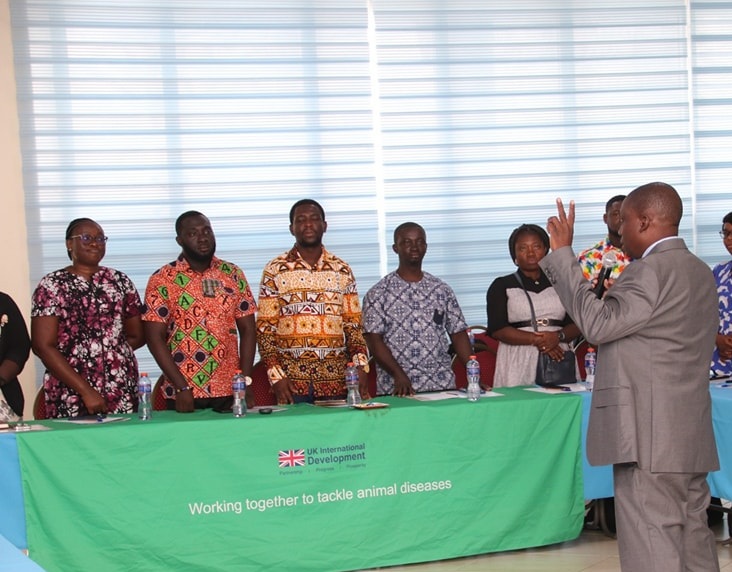In 1910, after returning from leave, Beal was informed by Sir Hugh Clifford of the formal establishment of the Veterinary Department. His duties were primarily technical and medical, and by this time, the headquarters had moved to Kumasi for its central location. That same year, Mr. Agbenor became the first trained veterinary dispenser in Ghana.
Between 1914 and 1920, the Principal Medical Officer managed the Veterinary Department with the assistance of dispensers when Beal left to serve in World War I. His first wartime assignment involved training military armorer sergeants in cold shoeing of military horses and conducting meat inspections. In November 1920, Beal returned as Captain Beal and re-established the Veterinary Department as an independent entity, with Tamale as its new headquarters.
By 1921, six additional staff members arrived to support Beal: four veterinary officers (Moody, Roemele, Rippon, and Grealy) and two livestock inspectors (Miller and Westbrook). Later that year, one of the inspectors passed away and was buried in Wa. The department expanded further with the recruitment of nine dispensers and 30 cattle guards. By the end of 1921, the Veterinary Department had a total staff strength of 47 and became a fully-fledged independent institution. Four more veterinary officers were recruited in 1923, and the department was structured into two main sections: Animal Health and Animal Husbandry.

